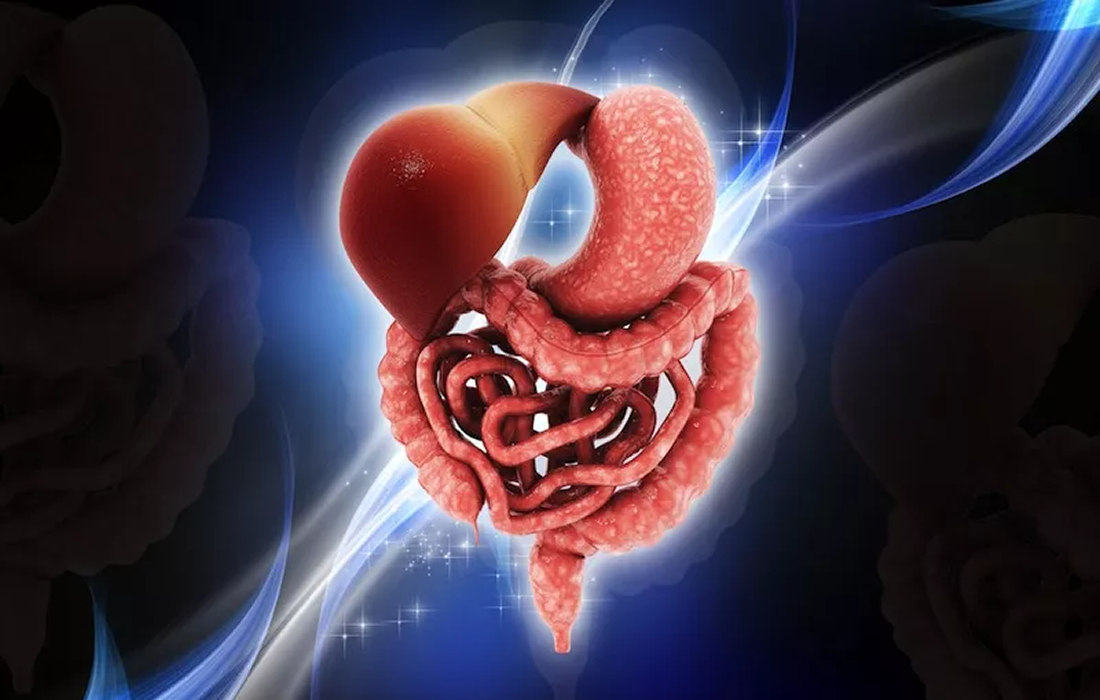Stem Cell Therapy for Specific Conditions
Stem Cell Therapy for Celiac Disease
What is Celiac Disease?
Celiac disease, sometimes called celiac sprue or gluten-sensitive enteropathy is an immune reaction to eating gluten, a protein found in wheat, barley and rye.
When you have this condition, eating gluten triggers an immune response in your small intestine. Over time, this reaction damages your small intestine’s lining and prevents it from absorbing some nutrients, it causes malabsorption. The intestinal damage often causes diarrhea, fatigue, weight loss, bloating and anemia, and can lead to serious complications.
There is no cure for celiac disease, but most people, following a strict gluten-free diet can help manage symptoms and promote intestinal healing.
Celiac disease has a wide spectrum of clinical manifestations which can vary from asymptomatic to severely symptomatic classical form of celiac disease. Its diagnosis is based on serological tests for anti-tissue-transglutaminase (tTG) antibodies and anti-endomysial (EMA) antibodies and is confirmed by the endoscopy and biopsy of the small intestine.
What are Common Signs and Symptoms?
The signs and symptoms of celiac disease can vary and differ in children and adults. Some symptoms in adults include:
- Diarrhea or constipation.
- Fatigue.
- Weight loss.
- Bloating and gas.
- Abdominal pain.
- Nausea and vomiting.
More than half the adults with celiac disease have signs and symptoms unrelated to the digestive system, including:
- Anemia, usually from iron deficiency.
- Osteoporosis or osteomalacia (softening of bone).
- Itchy, blistery skin rash, called dermatitis herpetiformis.
- Mouth ulcers.
- Headaches and fatigue.
- Nervous system injury, including numbness and tingling in the feet and hands.
- Joint pain.
In the case of children they are more likely to have digestive problems, including:
- Nausea and vomiting.
- Chronic diarrhea or constipation.
- Swollen belly.
- Pale, foul-smelling stools.
The inability to properly absorb nutrients might result in complications, such as failure to thrive in infants, damage to tooth enamel, weight loss, anemia, short stature, delayed puberty and neurological symptoms.
What Causes Celiac Disease?
A combination of genetic components, eating foods with gluten and other factors can contribute to celiac disease, but the precise cause isn’t known. Infant-feeding practices, gastrointestinal infections and gut bacteria might contribute, as well. Sometimes celiac disease becomes active after surgery, pregnancy, childbirth, viral infection or severe emotional stress.
The immune system overreacts to gluten in food and damages the hairlike projections, called villi, that line the small intestine. This villi absorb vitamins, minerals and other nutrients and when damaged these nutrients can’t be absorbed properly.
Some know risk factors to develop celiac disease include:
- Having a family member with celiac disease.
- Type 1 diabetes.
- Having Down or Turner syndrome.
- Autoimmune thyroid disease.
Current Treatment Options
There is currently no specific or curative treatment for celiac disease, other than a strict, lifelong gluten-free diet to manage the disease. Besides wheat, foods that contain gluten include: barley, bulgur, farina, graham flour, mald, rye, and some other foods can contain small hidden amounts of gluten, including medications. Some examples include: preservatives and food stabilizers, over-the-counter medications, vitamin and mineral supplements, lipstick products, toothpaste and mouthwash and many others.
Sometimes if your small intestine is severely damaged or you have refractory disease, medications such as steroids may be prescribed to control inflammation, other drugs used are immunosuppressants such as azathioprine or budesonide.
Stem Cell Therapies
Mesenchymal stem cells (MSCs) are multipotent stromal cells that can differentiate into a variety of cell types like myocyte, adipocyte, osteoblast and chondrocyte. They can be isolated from adipose tissues, fetal tissues, placenta and umbilical cord.
The lack of immunogenicity makes MSCs a promising therapeutic option. Also, their transplantation can be achieved in the absence of myeloablative conditioning (immunosuppressive therapy).
MSCs can target almost all the mechanisms involved in the pathogenesis of celiac disease. They do so by their cell to cell interaction and by releasing a wide range of immunoregulatory substances. By modulating the immune response MSCs are an excellent treatment alternative for celiac disease. They are able to stop further damage to the small intestine produced by the immune response to gluten and can also allow it to heal.
Sources:
Moheb-Alian A, Forouzesh F, Rostami-Nejad M, Rostami K. Mesenchymal stem cells as potential therapeutic approaches in celiac disease. Gastroenterol Hepatol Bed Bench. 2016;9(Suppl1):S1-S7.
https://www.mayoclinic.org/diseases-conditions/celiac-disease/symptoms-causes/syc-20352220
Image from:
Digestive system image via Shutterstock)

